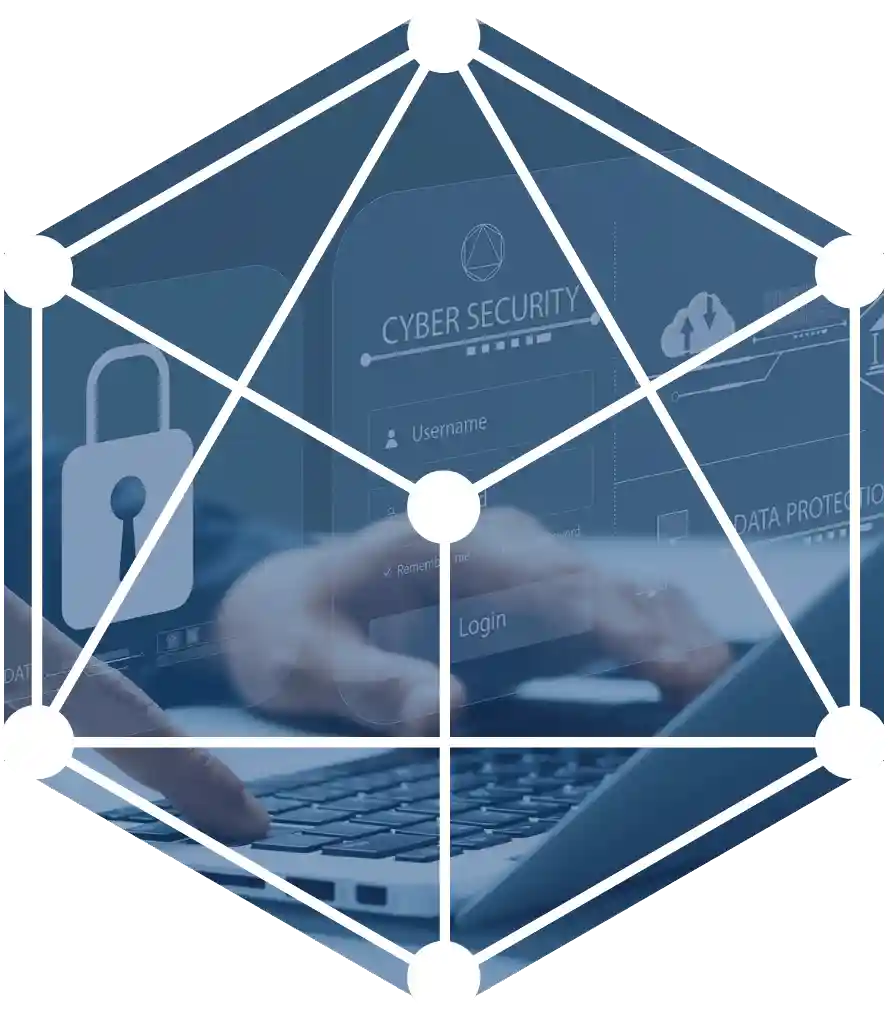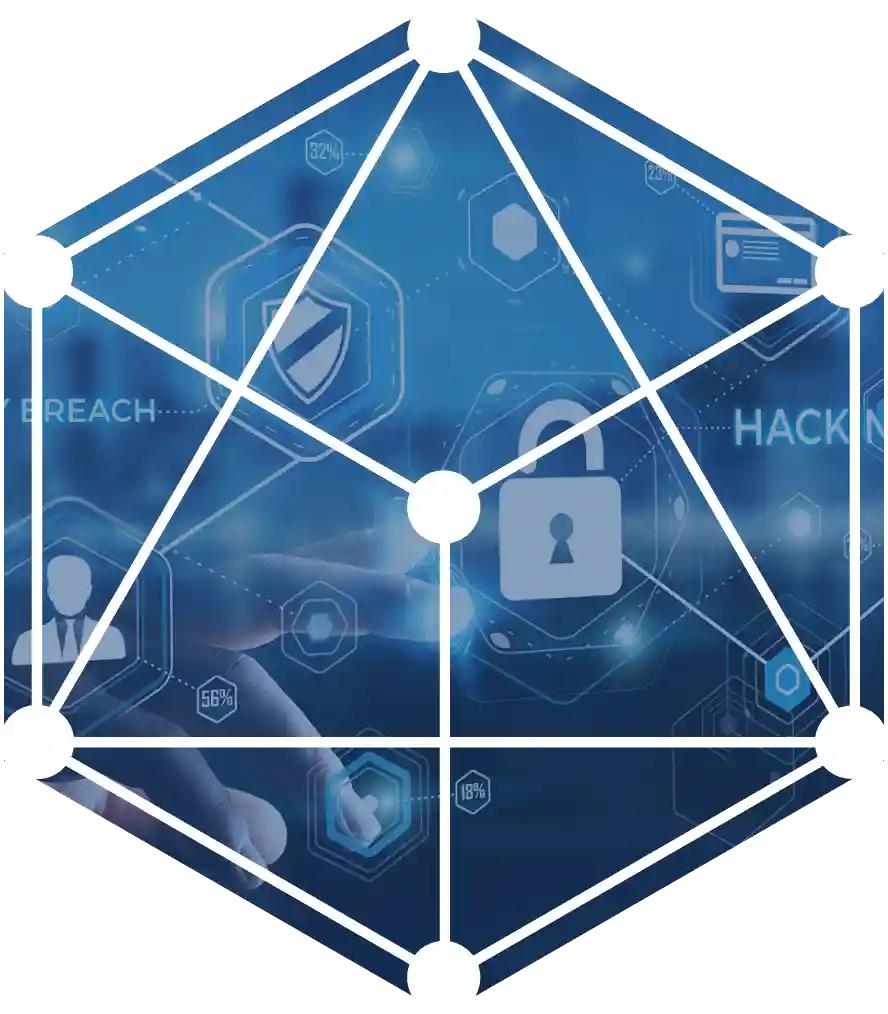Cybersecurity
What is Cybersecurity?
Cybersecurity is of the utmost significance in today’s digital environment. Cyberattacks are becoming more frequently and are growing more sophisticated. As a result, companies must be proactive in preventing hostile activity on their systems, networks, applications, devices, and data. We give an overview of the various cybersecurity technologies, procedures, and controls employed on this page, along with information on how they can assist lower the risk of cyberattacks.
Network Security
One of the most crucial components of any organization’s cyber security plan is network security. Organizations must put the appropriate safeguards in place to defend their networks from attack given the increase of ransomware and other harmful attacks.
Email Security
Businesses are increasingly worried about email security since email systems are frequently the target of hostile assaults. Businesses can take precautions including creating strong passwords, encrypting emails, and employing secure email providers to safeguard their email systems. They must to be aware of any potential privacy concerns connected to the gathering, utilization, and dissemination of email data.


Vulnerability Scan
An enterprise’s vulnerability scanning program is similar to a health checkup it provides to its citizens; it is a proactive way to make sure the system stays in tip-top running condition by checking on its security. In order to ensure cyber criminals won’t be able to access your network, a vulnerability scan ensures that every entry point to your network is updated, closed off, or monitored on a regular basis.
Anti-Virus and Endpoint Protection
For organizations, endpoint antivirus is a crucial kind of security. Organizations without it risk hostile assaults that could compromise their data, networks, and systems. An endpoint antivirus is intended to assist in the detection, prevention, and removal of malware on devices. In the past, this meant viruses, but some endpoint antivirus software may also find worms, bots, trojans, and other threats.
Backup & Recovery
As a general definition, backup and recovery refers to the process of creating and storing copies of data that are used to protect organizations against data loss in the event that they do lose data. Also called operational recovery, this process can be applied to any kind of data loss.
Cyber Protection
Worldwide, the pandemic’s aftereffects are still being felt, and cyber security concerns have sharply escalated. Cybercriminals are taking advantage of the problem to carry out ransomware, phishing, and other more sophisticated cyberattacks. With the shift to remote work, some of the usual rigid regulations in the office setting may have relaxed, leaving businesses and people vulnerable to internet threats. To protect your business, data, and systems from hackers, it is essential to understand the cyber security landscape and the most recent cyberthreats.

Phishing attacks are one of the oldest and most successful attack techniques used by cybercriminals. The goal of a phishing attack is to deceive victims into providing sensitive information, such as usernames and passwords, financial data, or personal information. Other common cybersecurity threats are malware, ransomware and social engineering. Contact us today to learn more about how you can protect your business from cyber attacks.
FAQ
What challenges do organizations face in terms of cybersecurity?
The increasing number of cyberattacks shows that many organizations are still not prepared to face cybersecurity threats.As more and more connected devices join the Internet of Things, the probability of a massive cyberattack is only going to increase.Many businesses do not have a clear cybersecurity strategy, and even if they do, their employees don’ t receive any cybersecurity training, so they don’t know how to deal with cyberattacks.What is the difference between cybersecurity and network security?
Cybersecurity is a broader term that encompasses all security measures taken to protect against digital threats, including malicious activities on the internet and other digital networks. Network security, on the other hand, specifically focuses on protecting computer networks from unauthorized access, data breaches, and other cyber threats.
Network security typically includes measures such as firewalls, encryption, and antivirus software, but can also involve more advanced techniques such as honeypots and intrusion detection systems. While network security is an important component of cybersecurity, it is only one aspect of an effective overall security strategy.
What should an ideal cybersecurity strategy include?
It is important to develop a cybersecurity strategy that identifies critical information and data, determines who can access this information and data, and why, establishes security protocols that ensure data integrity, confidentiality, and integrity of data, and makes sure that all employees are trained on cybersecurity issues as well as how to deal with potential cyberattacks.
What are the main types of cyber threats?
The most common types of cyber threats are viruses, worms, trojan horses, hacking attacks, sniffers, phishing and spyware. Contact us today to learn more about the different kinds of cyber threats that your business might be exposed to.
IT Managed Services
Strategic IT Review
A Strategic Review will help your business define your IT goals, whether they are short, medium or long term. Our teams will arrange a meeting with you to learn more about your business goals, challenges and risks. XTS Experts will perform a full IT inspection and deliver our findings to you.

